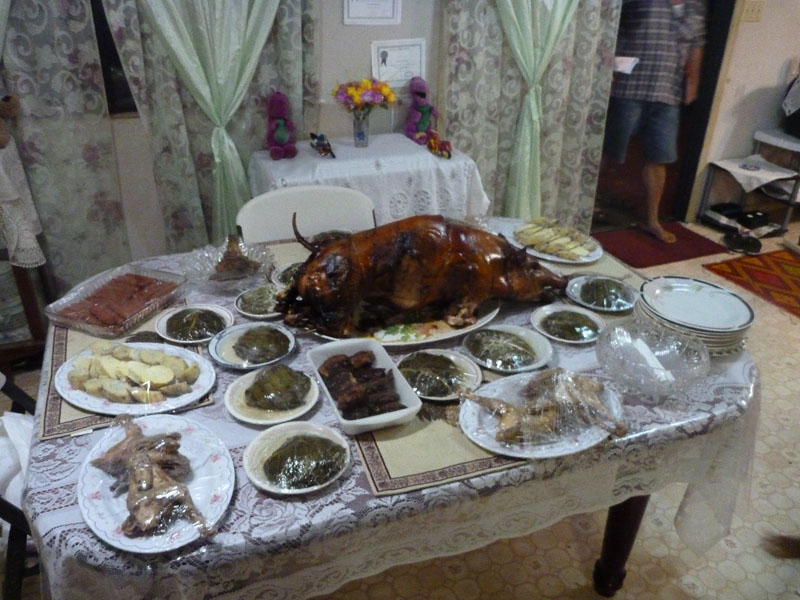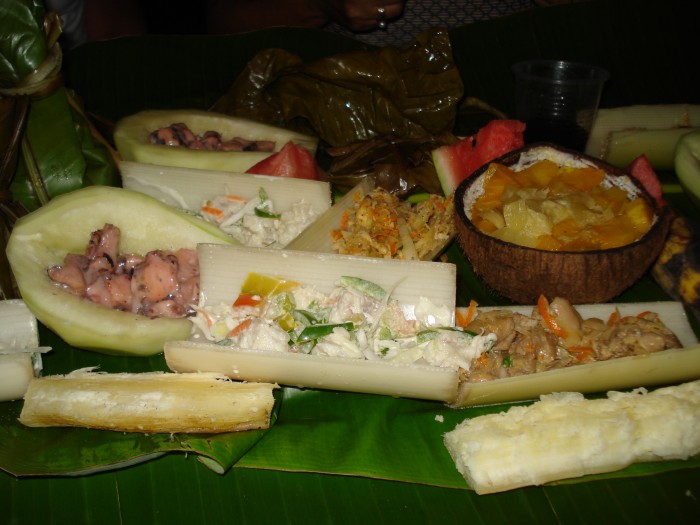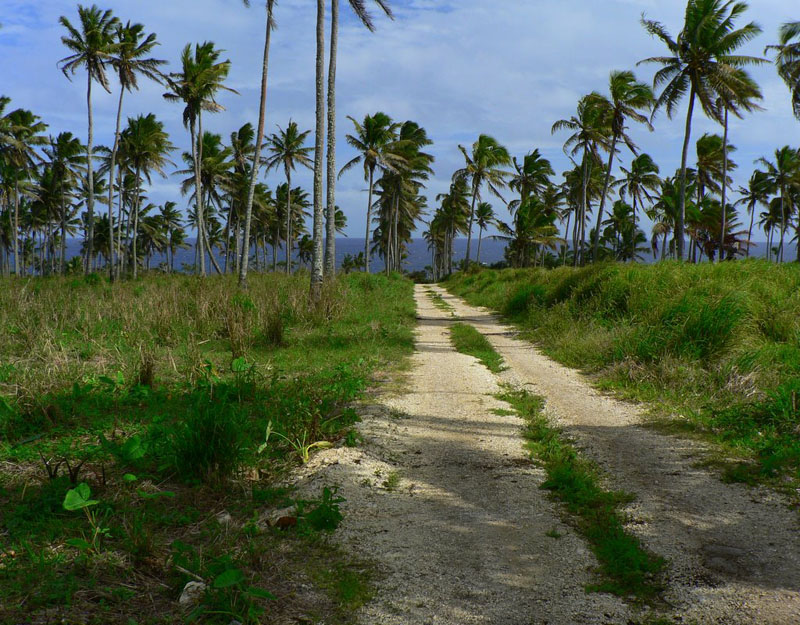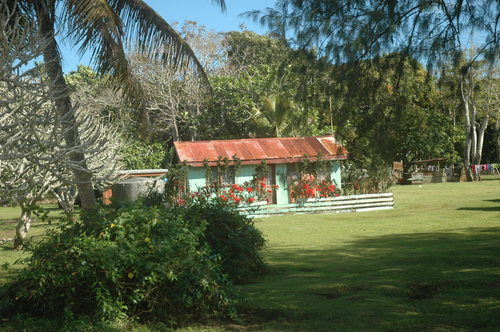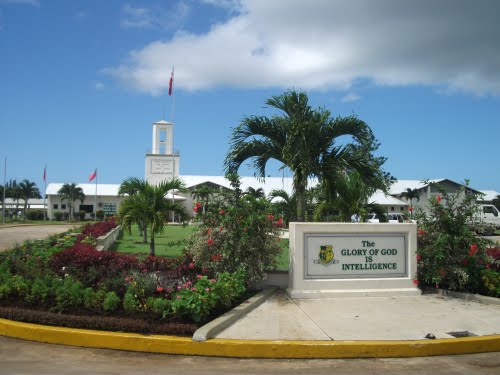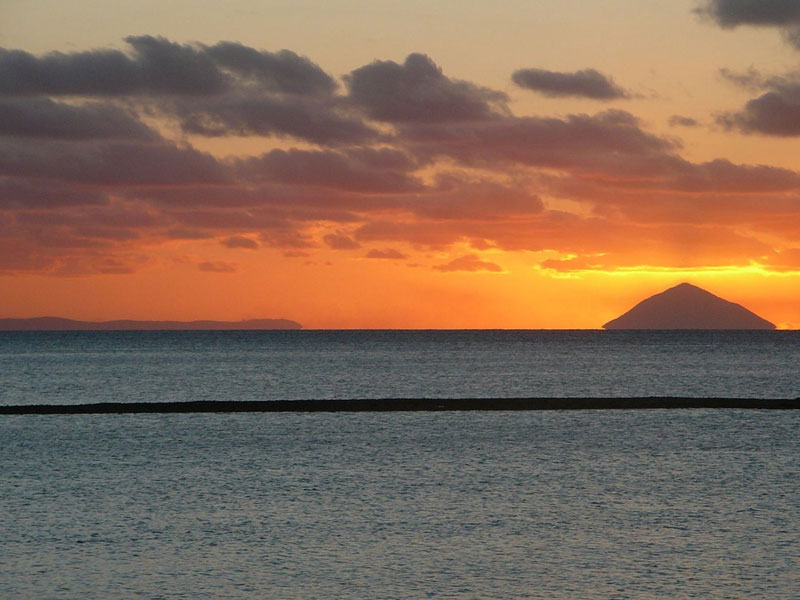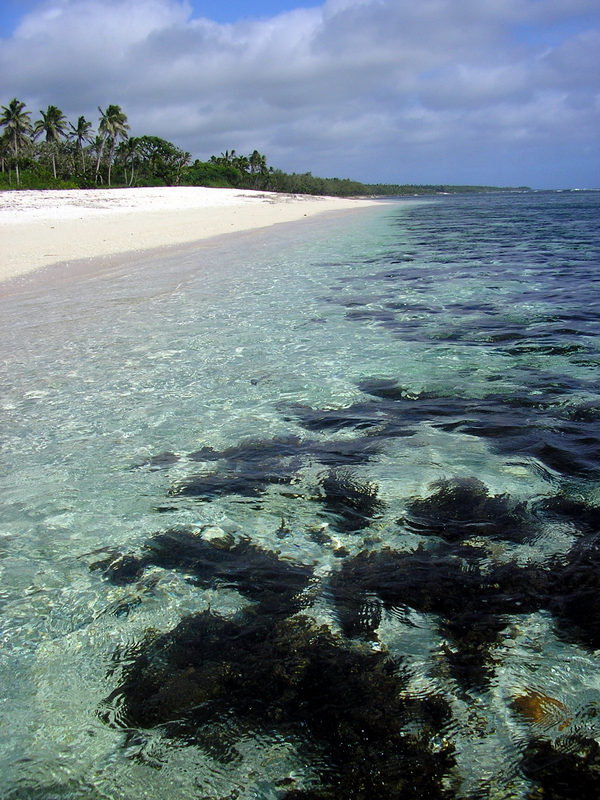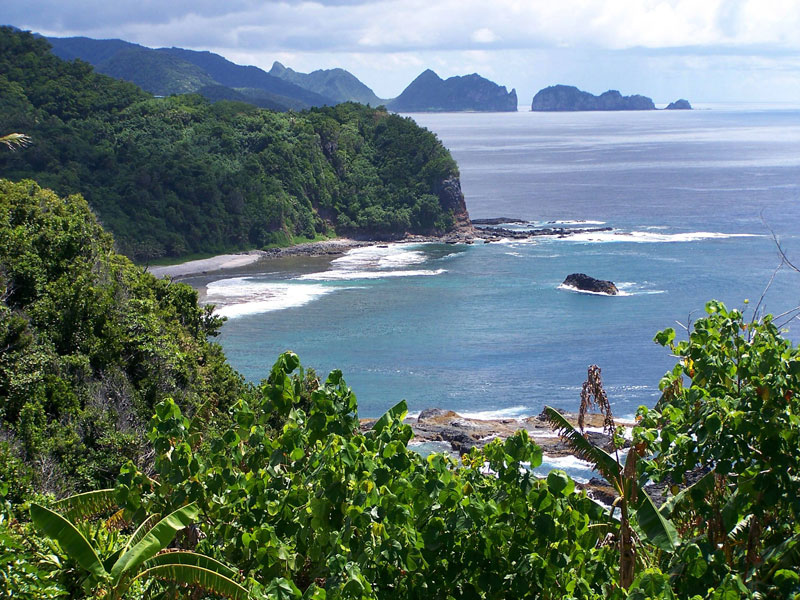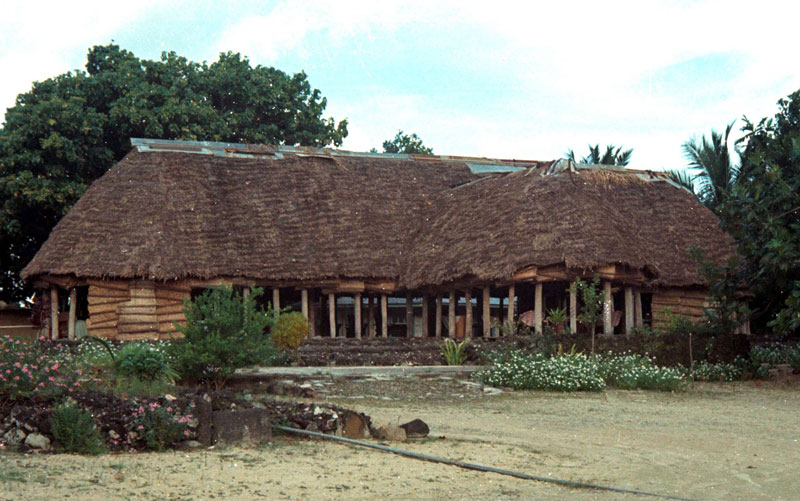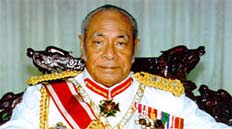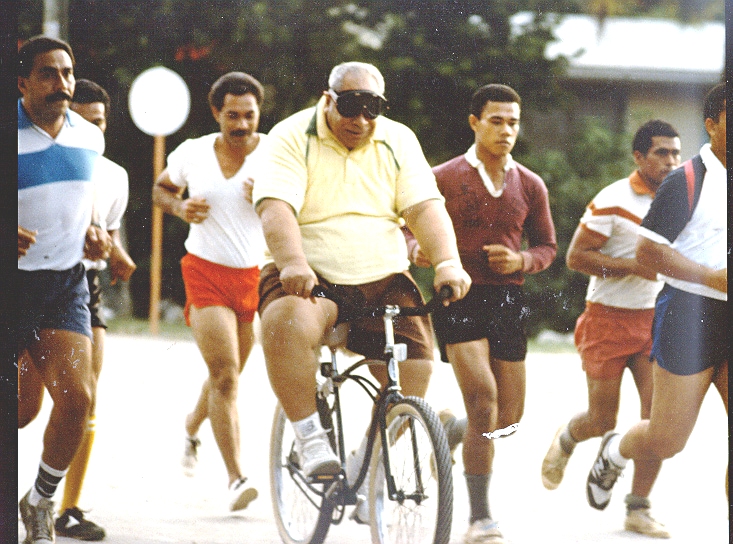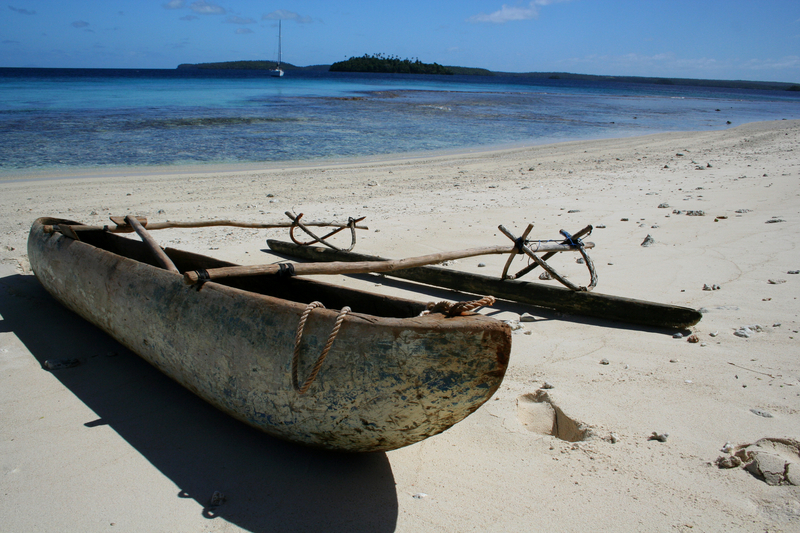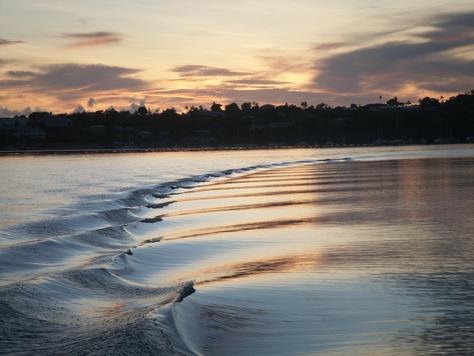Guest Post by Ruth Elayne Kongaika
When we lived in Tonga, visitors often asked us where to find the best sights on our island. Tongatapu undoubtedly has many fine sandy beaches where you can relax and cool off. Plus, depending on what you like to do, here are a few of my favorite suggestions that may whet your appetite.
The Royal Palace: Tonga is the last remaining kingdom in the South Pacific. Only members of the Royal Family live in The Palace, but you can peer through the fence, or see it from the waterfront. Originally built in 1864, in comparison to other royal homes throughout the world, the Wood Victorian Palace in Tonga is quite humble. It has been the residence of Kings and Queens, and has also been the meeting place for many ambassadors and heads of state. You would really miss a big part of the past and present of the islands if you did not view The Palace. It recently underwent some renovations.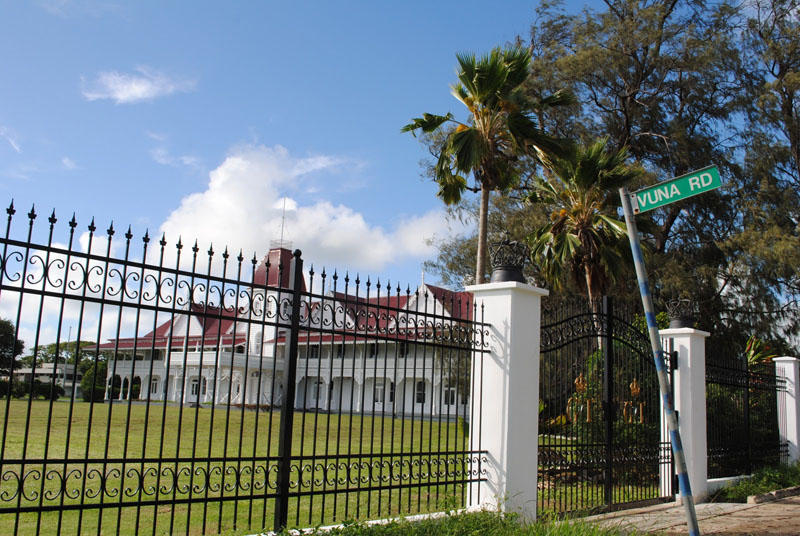
The Ha’amonga: On the northern end of Tongatapu, near Niutoua, you can find the Ha’amonga. It is a trilithon made of coral limestone slabs. It was manually constructed in the 13th century, and is believed to be an entryway into the royal compound of the ruler of that time who was called Tu’itatui. When you walk through the gate and venture a few yards more, you will find a large stone, which is believed to be the monarch's throne. It is curious how the ancients built the Ha’amonga, because of the large size of the stones (about 20 tons each). Of course, there is a legend attached to the structure, as well a real or imagined astronomical connection.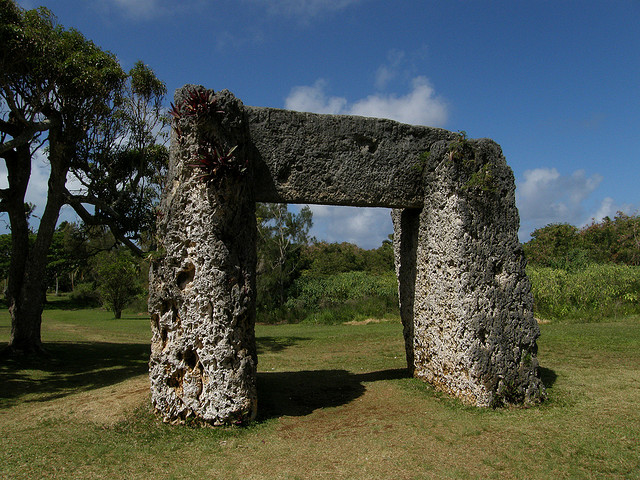
The Blowholes: I have never seen any thing to rival the amazing blowholes in Tonga. We lived not too far away from the village of Houma where they are best seen. When the rolling waves advance, you can hear a whistling as the water is pushed up through air vents in the rocks. The water shoots skyward, and depending on the tide, can be very spectacular. The spray from the blowholes can be observed along the rocky coastline for four miles on a clear day, and the propelled water can reach heights of 30 meters. There are little tide pools that you can carefully venture into, but stay far away from the edge.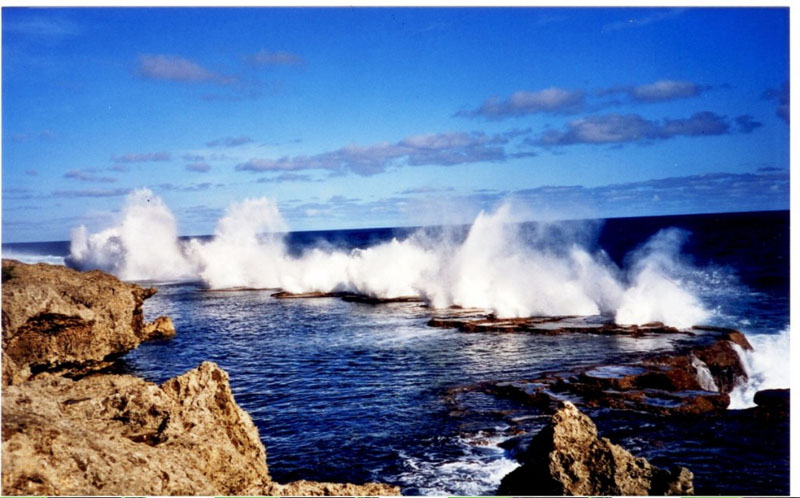
The Flying Foxes: My husband’s aunt and several cousins lived in the village of Kolovai, which is known for the bats which are hanging in the ironwood pine trees. Once I understood that these bats, otherwise known as flying foxes, eat only fruit I felt much more at ease. They sleep upside down during the day, and venture out to look for fruit at dusk. I recall one little Tongan boy came up to us calmly holding the tips of the wings of one flying fox so we could see the wingspan. It was quite impressive, since some of them measure three feet across. In Tonga, flying foxes are considered sacred, and thus they are protected.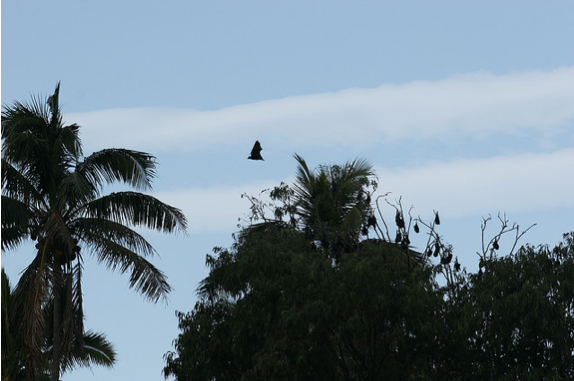
‘Anahulu Cave: One of my favorite places to go in Tonga is the ‘Anahulu Cave. It is very close to Mu’a in the village of Haveluliku. There is a freshwater swimming hole in the underground stalactite cave. When we visited the cave, a local family invited us in, and put on a Tongan show for us. You will want to have a strong flashlight and sturdy shoes. Be careful as the rocks can be slippery, and look after your valuables. You can also swim at the beach with the same name as the cave.
Hufangalupe: If you want to see an unforgettable sight, travel to the south coast of Tongatapu to Hufangalupe. It is otherwise known as the “Pigeon’s Doorway”. There are towering cliffs, a natural bridge and a sandy cove. It is near the village of Vaini. Be very careful that you do not go near the edge of the cliff.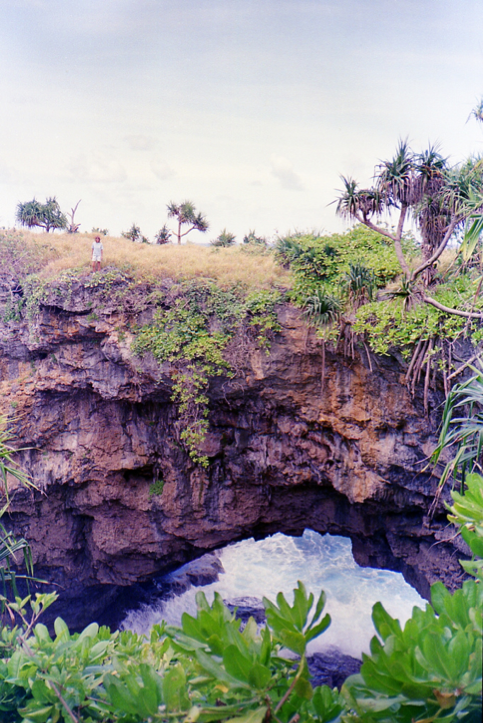
Ruth Elayne Kongaika was raised in the mainland, USA, but has been living in the South Pacific for the past forty years. She enjoys trying to capture the beauty of the islands through her photography, painting and writing. She has a blog which shares some of her art and favorite subjects at:
email: kongaikr@byuh.edu
